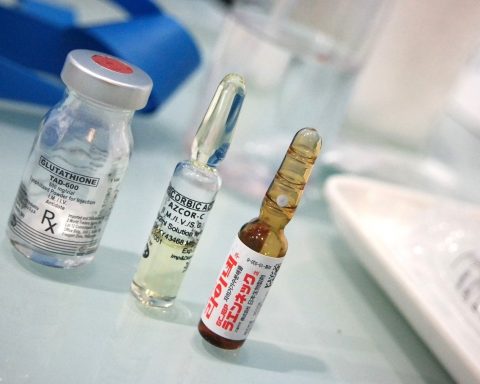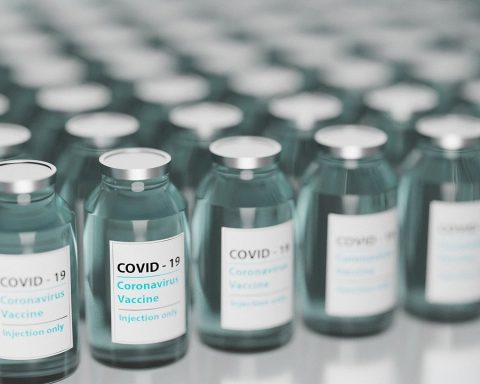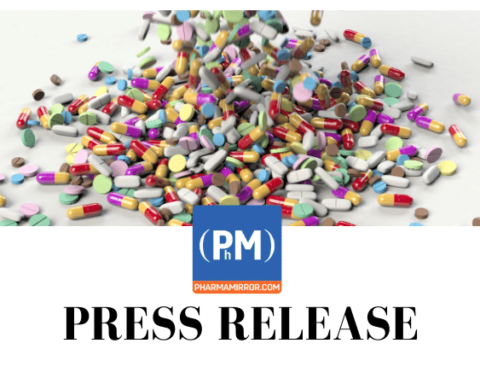Protect biologics and complex molecules from leachables and extractables with new packaging materials.
The global biologic drug market is projected to expand by 10 percent annually, from $161 million in 2014 to $287 million in 2020, according to Transparency Market Research. Driven by growing populations with chronic diseases and government support for biologics development, this growth will prompt shifts in the pharmaceutical packaging landscape.
[wp_ad_camp_4]Biologically-derived products and more complex small-molecule drugs often require enhanced protection from moisture, oxygen and light to prevent product degradation. Primary packaging must protect highly-sensitive biologics from packaging extractables and leachables as well as limit the drug’s absorption to packaging surfaces.
In the United States, the advent of biosimilars, or “generic” versions of biologics, will promote the growth of the category because these lower-cost versions promise significant savings to patients and health insurers. As the U.S. Food and Drug Administration (FDA) issues guidance on requirements for biosimilar developers, March saw Sandoz, a manufacturer of generic pharmaceuticals, gain the agency’s first approval via the new FDA biosimilars pathway established under the Biologics Price Competition and Innovation Act. The ruling was for Sandoz’s cancer drug, Zarxio (filgrastim-sndz), a version of Amgen’s Neupogen (filgrastim).
In response to the growth of biologics, packaging material and container providers offer solutions with barrier properties designed to protect product efficacy and extend shelf life. As manufacturers in the category evaluate the best product and package pairings, suppliers are already anticipating their search for materials that support efficient manufacturing and reduced costs.
Manufacturers of biologics and other pharmaceutical products can find packaging materials and container solutions at Pharma EXPO (Las Vegas Convention Center; Sept. 28-30, 2015), co-located with PACK EXPO Las Vegas. The show, co-produced by PMMI and the International Society of Pharmaceutical Engineering (ISPE), will address every facet of the pharmaceutical supply chain. Together, Pharma EXPO and PACK EXPO Las Vegas will showcase a wide range of material and packaging solutions from 2,000 processing and packaging exhibitors over 800,000 net square feet, attracting 30,000 attendees.
Gaining Growth and Clarity
Pharmaceutical packaging is a global growth market, propelled by the rise of increasingly health-conscious middle classes that expect drugs and medical devices to be well protected by packaging.
[wp_ad_camp_4]“In the US, the sterile packaging market is projected to grow at a compounded annual rate of 7.2 percent from 2014 to 2019,” says Michael Taylor, senior director, international affairs and trade, SPI: The Plastics Industry Trade Association (Booth S-7888).
SPI plans to release its first packaging market assessment, “Plastics Market Watch: Packaging” at PACK EXPO Las Vegas,. The report will explore key factors including demographics, economics, policy, labor, culture and technology that impact the plastics industry’s primary end markets.
“The evolution of new diseases and increasing health awareness is driving demands from end users and health providers for sterile packaging. Hospital-acquired infections (HAI) have drawn a lot of attention to barrier packaging and packaging designed with peelable sealants that are easily opened and reclosed when wearing surgical gloves,” Taylor says.
Converters are responding to nurses’ preferences for bags and pouches made of clear materials that allow identification without opening the package and designs that facilitate the aseptic presentation of devices to sterile fields in operating theaters. (continue to next page)








